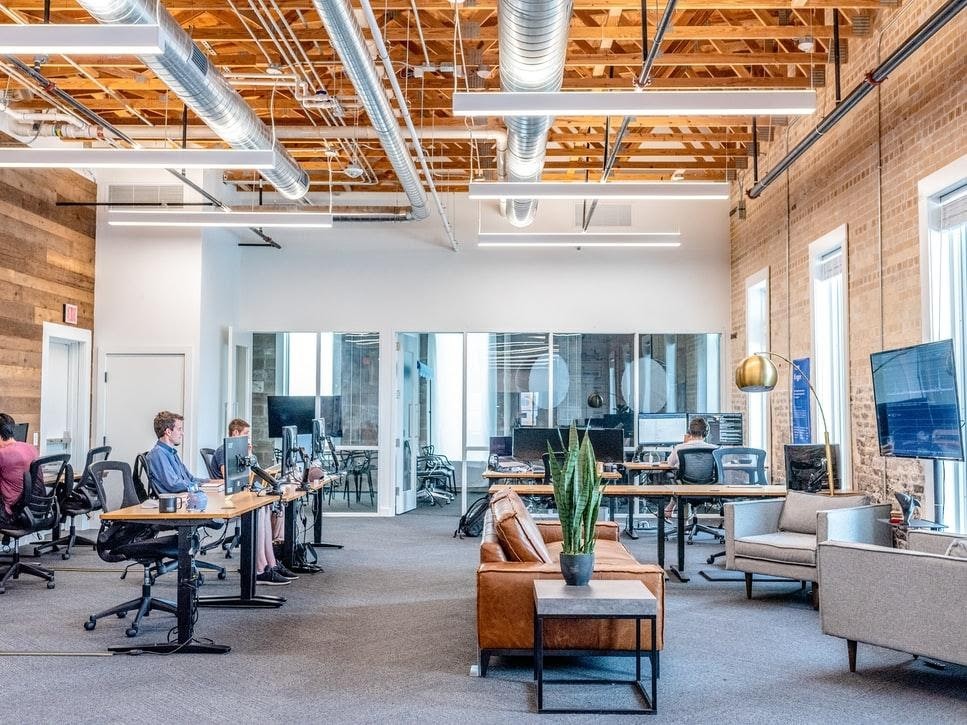The way we work has shifted dramatically in recent years. With the rise of remote work, hybrid models, and flexible office solutions, coworking spaces have become an integral part of the modern business landscape. As we look to the future, it’s clear that flexible workspaces will continue to evolve. Here’s a closer look at the trends shaping the future of coworking environments.
1. The Rise of Hybrid Work Models
Hybrid work has become the new norm for many organizations. Employees are no longer tied to traditional 9-to-5 office hours or locations. Instead, they divide their time between working from home and in coworking spaces. This shift is one of the primary drivers behind the growth of flexible workspaces. Coworking hubs are increasingly catering to this need by offering flexible memberships, allowing businesses to scale their office space needs as required. For example, coworking Gold Coast spaces are seeing an influx of businesses and freelancers who need a dynamic, short-term work environment that complements their hybrid model.
2. Technology-Driven Workspaces
Technology is at the heart of the future of coworking. From high-speed internet to advanced booking systems, flexible workspaces are leveraging the latest tech to enhance the user experience. Features like smart desks, touchless access, and AI-driven workspace management systems are becoming commonplace, allowing businesses to work more efficiently. The ability to book desks, meeting rooms, and amenities through apps or online platforms provides greater control and convenience, ensuring that coworking spaces are fully optimized for user needs.
3. Wellness and Employee Well-Being
As mental health and wellness continue to be top priorities for businesses, coworking spaces are increasingly integrating wellness-focused amenities. Many coworking providers are introducing spaces designed for relaxation, meditation, and exercise. On-site gyms, yoga rooms, and even areas for mental health breaks are becoming standard in forward-thinking workspaces. These wellness initiatives not only improve employee well-being but also create a more balanced and productive work environment.
4. Sustainability in Coworking Spaces
Sustainability is another key focus for the future of coworking. As businesses and individuals become more environmentally conscious, coworking spaces are adopting green practices. These include using eco-friendly materials in their design, reducing waste, and ensuring energy efficiency. Some spaces are even incorporating biophilic design elements, such as indoor plants and natural lighting, to create a more natural and healthy work environment. As eco-consciousness continues to grow, we can expect more coworking spaces to prioritize sustainability in their operations.
5. Specialized Coworking Communities
One of the most exciting trends in coworking is the rise of niche or industry-specific spaces. While traditional coworking spaces attract a broad range of professionals, specialized coworking communities are designed to meet the unique needs of specific industries. For example, there are coworking spaces tailored to tech startups, creatives, and even healthcare professionals. These specialized environments foster collaboration and innovation by bringing together like-minded individuals and offering industry-specific resources, networking opportunities, and events.
6. Flexible Membership Models
In response to the diverse needs of today’s workforce, coworking spaces are offering more flexible membership options. Rather than committing to long-term leases, companies and individuals can opt for pay-as-you-go plans or monthly subscriptions that offer varying levels of access to the space. This flexibility allows businesses to adapt quickly to changing needs, whether they’re scaling up or down. The ability to book workspaces by the hour, day, or month is also appealing to freelancers and remote workers who may not need full-time office space but still want access to professional amenities.
7. Increased Focus on Networking and Collaboration
Coworking spaces have always been known for fostering collaboration, and this trend is expected to continue in the future. As remote work becomes more widespread, the need for community and connection grows. Many coworking spaces are focusing on building communities by offering events, workshops, and networking opportunities that encourage collaboration between members. Whether it’s a lunchtime talk, a networking event, or a professional development workshop, these opportunities help to create a sense of belonging and support within the coworking community.
8. Expanding Beyond Major Cities
While coworking spaces have traditionally been concentrated in major metropolitan areas, there is a growing demand for flexible office solutions in smaller cities and regional areas. This expansion is driven by the rise of remote work and the desire for employees to work closer to home. Coworking spaces in these regions are becoming vital hubs for local entrepreneurs, small businesses, and remote workers. As a result, the coworking model is no longer limited to large urban centers but is spreading across the globe, providing flexible work options for professionals regardless of location.
In conclusion, the future of flexible workspaces is bright. With a focus on hybrid work models, advanced technology, sustainability, and wellness, coworking spaces are set to play an even larger role in how we work. As businesses continue to evolve and adapt, coworking spaces will remain a central part of the modern work environment, providing flexible, dynamic, and collaborative spaces for individuals and organizations alike.

